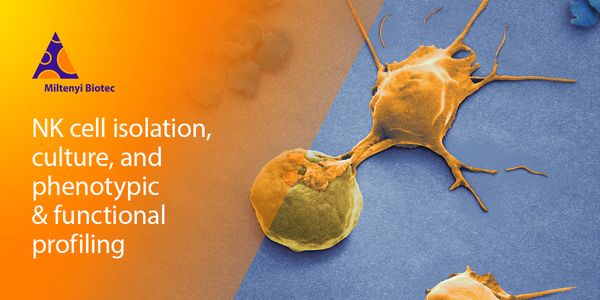Imaging
Imaging: the technique and process of creating visual representations of the interior of a body for clinical analysis and medical intervention, as well as visual representation of the function of some organs or tissues (physiology). Medical imaging seeks to reveal internal structures hidden by the skin and bones, as well as to diagnose and treat disease. Medical imaging also establishes a database of normal anatomy and physiology to make it possible to identify abnormalities. Although imaging of removed organs and tissues can be performed for medical reasons, such procedures are usually considered part of pathology instead of medical imaging.
-
Alzheimer’s and Parkinson’s diseases (AD, PD) are the two most common neurodegenerative disorders. Despite their debilitating effects and increasing prevalence in society, no cur...Speaker: Jacob McPhail, PhD
One role of theory is in guiding future experiments: What should we aim to measure? Which experimental results should we be surprised about? I will argue here that simple random networks mod...
Recent advances in machine learning have shown that deep neural networks (DNNs) can provide powerful and flexible models of neural sensory processing. In the auditory system, standard linear...
Complex behaviors are often driven by an internal model, which integrates sensory information over time and facilitates long-term planning to reach subjective goals. {\color{rev}A fundamenta...
Targeted stimulation of the brain has the potential to treat mental illnesses but designing an appropriate protocol requires a multitude of choices. I will describe an approach to help desig...
Cortical circuits often receive multiple inputs from upstream populations with non-overlapping stimulus tuning. Both the feedforward and recurrent architectures of the receiving cortical lay...
Understanding how populations of neurons work together to represent stimuli, build percepts, and generate complex behaviors, is a fundamental challenge in neuroscience. To establish a link b...
We will show how to combine large scale neural recordings and mechanistic neural network models to advance our conceptual understanding of how neural circuits mediate cognitive functions lik...
























